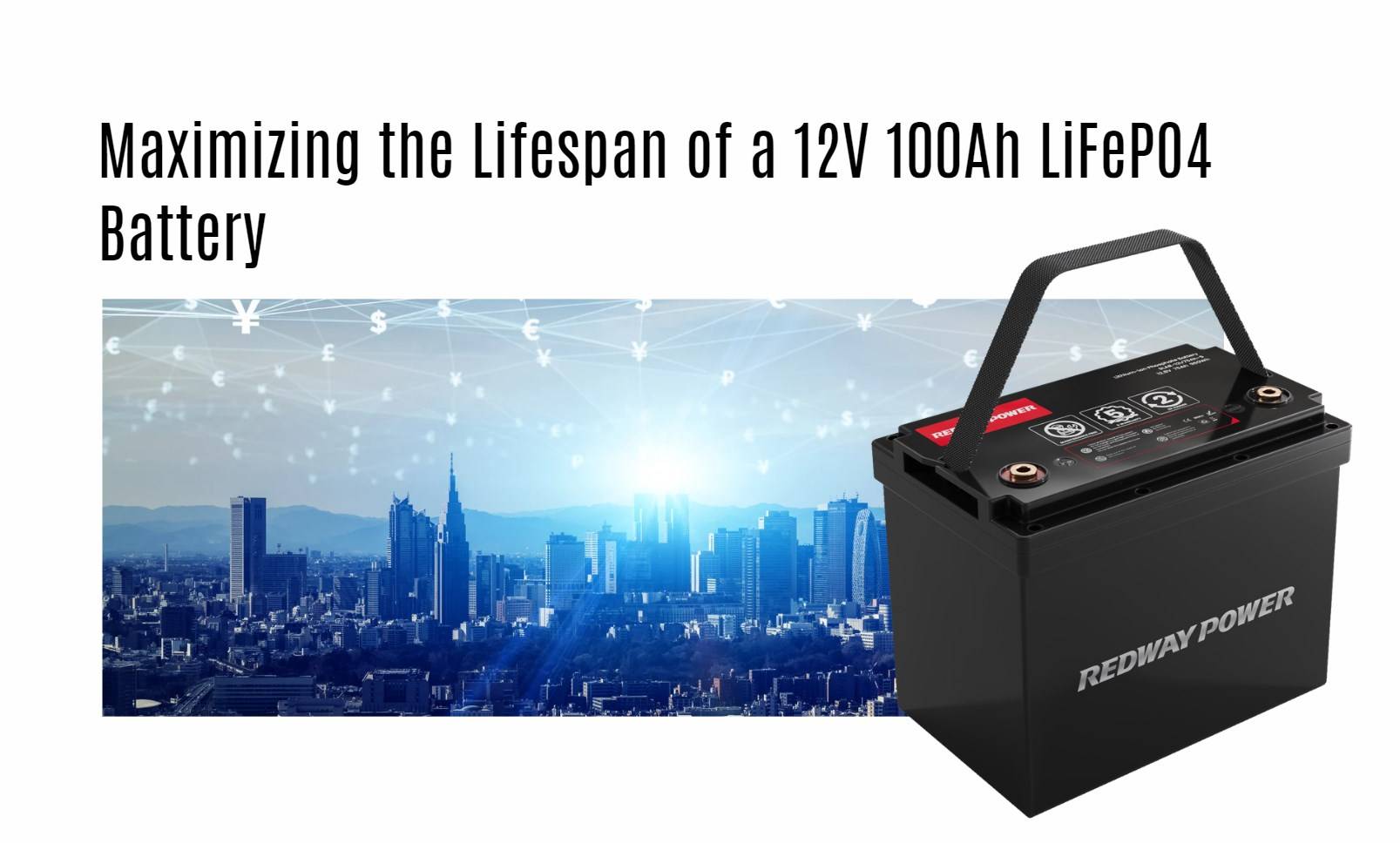To maximize the lifespan of a 12V 100Ah Lithium Iron Phosphate (LiFePO4) battery, it’s essential to consider factors such as temperature control, proper charging practices, and regular maintenance routines. Implementing these strategies can significantly extend the life and efficiency of your battery.
What Factors Influence the Lifespan of a 12V 100Ah LiFePO4 Battery?
The lifespan of a 12V 100Ah LiFePO4 battery is influenced by several critical factors, including temperature, depth of discharge, and charging cycles. Optimal conditions can lead to longer service life, while neglecting these aspects can result in premature degradation.
Chart Title: Factors Affecting Lifespan
| Factor |
Impact on Lifespan |
| Temperature |
High temperatures shorten lifespan |
| Depth of Discharge |
Deeper discharges reduce longevity |
| Charging Cycles |
Frequent shallow cycles extend life |
How Does Temperature Affect LiFePO4 Battery Performance?
Temperature plays a pivotal role in the performance and longevity of LiFePO4 batteries. High temperatures can accelerate chemical reactions that degrade cell materials, while low temperatures may reduce capacity and efficiency during discharge.
What Charging Practices Can Extend the Life of a LiFePO4 Battery?
To extend the life of your LiFePO4 battery, adhere to these best charging practices:
- Use chargers specifically designed for LiFePO4 chemistry.
- Avoid overcharging by monitoring voltage levels.
- Implement a regular charging schedule that prevents deep discharges.
Chart Title: Best Charging Practices
| Practice |
Description |
| Use Compatible Chargers |
Ensures safe voltage levels |
| Monitor Voltage |
Prevents overcharging |
| Regular Schedule |
Maintains optimal charge levels |
How Can Regular Maintenance Enhance Battery Longevity?
Regular maintenance is vital for maximizing the lifespan of your battery. This includes periodic checks for corrosion on terminals, ensuring all connections are secure, and cleaning any dust or debris that may accumulate.
What Role Does Depth of Discharge Play in Battery Lifespan?
The depth of discharge (DoD) refers to how much energy is used from the battery’s total capacity before recharging. Keeping DoD shallow—ideally between 20% to 80%—can significantly enhance overall lifespan by reducing stress on the cells.
How Do Battery Management Systems Contribute to Longevity?
Battery management systems (BMS) are crucial for monitoring individual cell voltages and temperatures, preventing overcharging or excessive discharging that could harm the cells. A robust BMS will enhance safety and extend the operational life of your battery.
How Do Environmental Factors Affect Battery Life?
Environmental factors such as humidity and temperature extremes can adversely impact the performance and longevity of your LiFePO4 batteries. Storing batteries in controlled environments with stable temperatures and low humidity levels is ideal.
What Charging Methods Are Best for Maximizing Battery Life?
Utilizing appropriate charging methods is essential for prolonging your battery’s lifespan:
- Employ constant current/constant voltage (CC/CV) charging techniques.
- Avoid rapid charging unless necessary; slow charging is generally better for longevity.
- Regularly check charger settings to align with manufacturer recommendations.
Expert Views
“Maximizing the lifespan of a 12V 100Ah LiFePO4 battery requires an understanding of its unique characteristics and careful adherence to best practices,” states an expert in energy storage solutions.
FAQ Section
- What is the ideal temperature range for storing LiFePO4 batteries?
The ideal temperature range is between 20°C to 25°C (68°F to 77°F) for optimal performance.
- Can I use any charger with my LiFePO4 battery?
No, it’s crucial to use chargers specifically designed for LiFePO4 chemistry to ensure safety and efficiency.
- How often should I perform maintenance on my battery?
Regular maintenance checks should be performed every few months or more frequently if used heavily.




